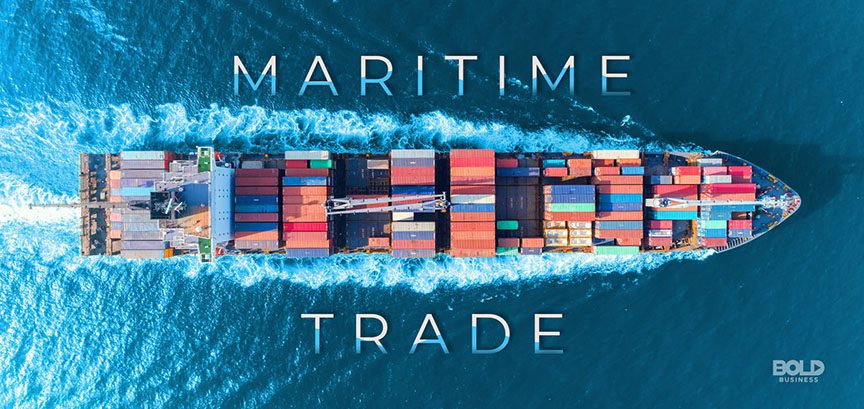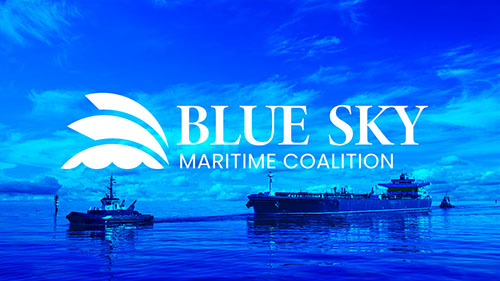Torm comes out on top in a comparison of results between five product tanker operators in 2021. In total, Torm, Hafnia, d’Amico, Ardmore Shipping and Scorpio Tankers booked a loss of USD 407m. ”A challenging year,” Torm CEO tells WPO.
Denmark-based Torm takes the trophy in a 2021 performance comparison between five of the largest product tanker companies.
Measured on profitability and return on assets (ROA), Torm has beaten its four product tanker rivals Hafnia, d’Amico, Ardmore Shipping and Scorpio Tankers, shows a comparison of 2021 results prepared by the analysis department of WPO.
Despite 2021 being a challenging year for everyone, we delivered top-tier results in 2021 as well
Jacob Meldgaard, CEO, Torm
However, Torm’s performance last year took place in a product tanker market under heavy strain due to the coronavirus pandemic, weak oil demand and consequent pressure on tanker rates.
As a result, the five product tanker carriers landed a combined loss of USD 407m on their bottom lines in 2021.
Here, New /Monaco-based Scorpio Tankers accounted for the largest deficit of USD 234m.
To WPO, Scorpio Chief Executive Robert Bugbee has also described 2021 as a ”terrible” and ”shitty” year in the product tanker segment.
Losses a major contrast to 2020
Quite a contrast to 2020 when the five carriers together generated a net profit of USD 342m. The earnings bonanza in 2020 mainly took place in the first half, driven by an oil price war and the refilling of oil storage on tankers.
But 2020 must feel like very long ago in product tanker.
As much is evident from the development in revenue figures last year, when, for example, Scorpio Tankers’ revenue dived by 41 percent to USD 540.8m compared to 2020.
None went clear of the downturn, however. All five product tanker carriers had a double-digit percentage drop in revenue last year with the exception of Hafnia, which ”only” lost 7 percent of its revenue compared to 2020.
According to the product tanker analysis, Torm was the only one of the five companies to deliver a positive operating result (EBIT) last year, with a plus of USD 1.4m.
The other four shipping companies had negative operating results, with Scorpio Tankers at the bottom with an EBIT loss of USD 90.5m.
”Despite 2021 being a challenging year for everyone, we delivered top-tier results in 2021 as well. A result we were able to deliver thanks to our integrated platform – the One TORM platform,” says Torm CEO Jacob Meldgaard, commenting on the results comparison.
”The way we work with our fleet composition, the positioning of our vessels and not least our integrated platform, where we control the entire value chain, helps us to deliver a higher return for every dollar invested.”
According to WPO’s analysis, Torm last year realized a ROA of 0.1 percent. The year before, assets yielded a return of 7 percent.
Hafnia slightly behind
The Danish product tanker firm is the only carrier among its rivals to present a positive ROA for last year.
Expansionist Hafnia, which last November acquired Chemical Tankers Inc. (CTI), bringing 32 product and chemical tankers into the fold, and in January this year bought 12 LR1 tankers from rival Scorpio Tankers in a deal worth USD 413.8m, was slightly behind Torm last year in terms of key figures.
On profitability, ROA and EBIT, Hafnia, which has Singapore-based shipping group BW Group as its main shareholder, comes in second in the 2021 comparison.
Hafnia does its own relative measurement with a peer group of product tanker carriers.
We still have the most competitive costs and are absolutely at the top when it comes to return on equity
Mikael Skov, CEO, Torm
”When we do our relative performance comparison, we are definitely at the top of our peer group. We still have the most competitive costs and are absolutely at the top when it comes to return on equity [ROE, -ed.],” Hafnia CEO Mikael Skov told WPO in regards to the tanker operator’s presentation of its 2021 annual report.
Normally, tanker carriers aren’t eager to state guidance on their expectations of result developments.
Ukraine war creates volatility
Things have become especially difficult following Russia’s invasion of Ukraine, which has led to massive Western sanctions against Russia, Russian companies, banks and individuals.
But although Russian oil and gas exports are not yet subject to any sanctions, they are on a steep decline, causing high volatility in the oil market.
On the one hand, rising oil prices could have an impact on oil consumption, and thus demand, if they remain high.
On the other hand, ”replacement oil” for Russian exports will have to be found elsewhere, for example, in Saudi Arabia, and this means that product tanker companies will have to sail further with their cargoes – tonne-miles will increase – which in any event is positive for the carriers.
Most recently, the US decided to send 1 million barrels of oil into circulation on a daily basis. The country plans to to open up strategic oil reserves from May and six months ahead to control soaring oil prices and inflation driven by oil prices.





